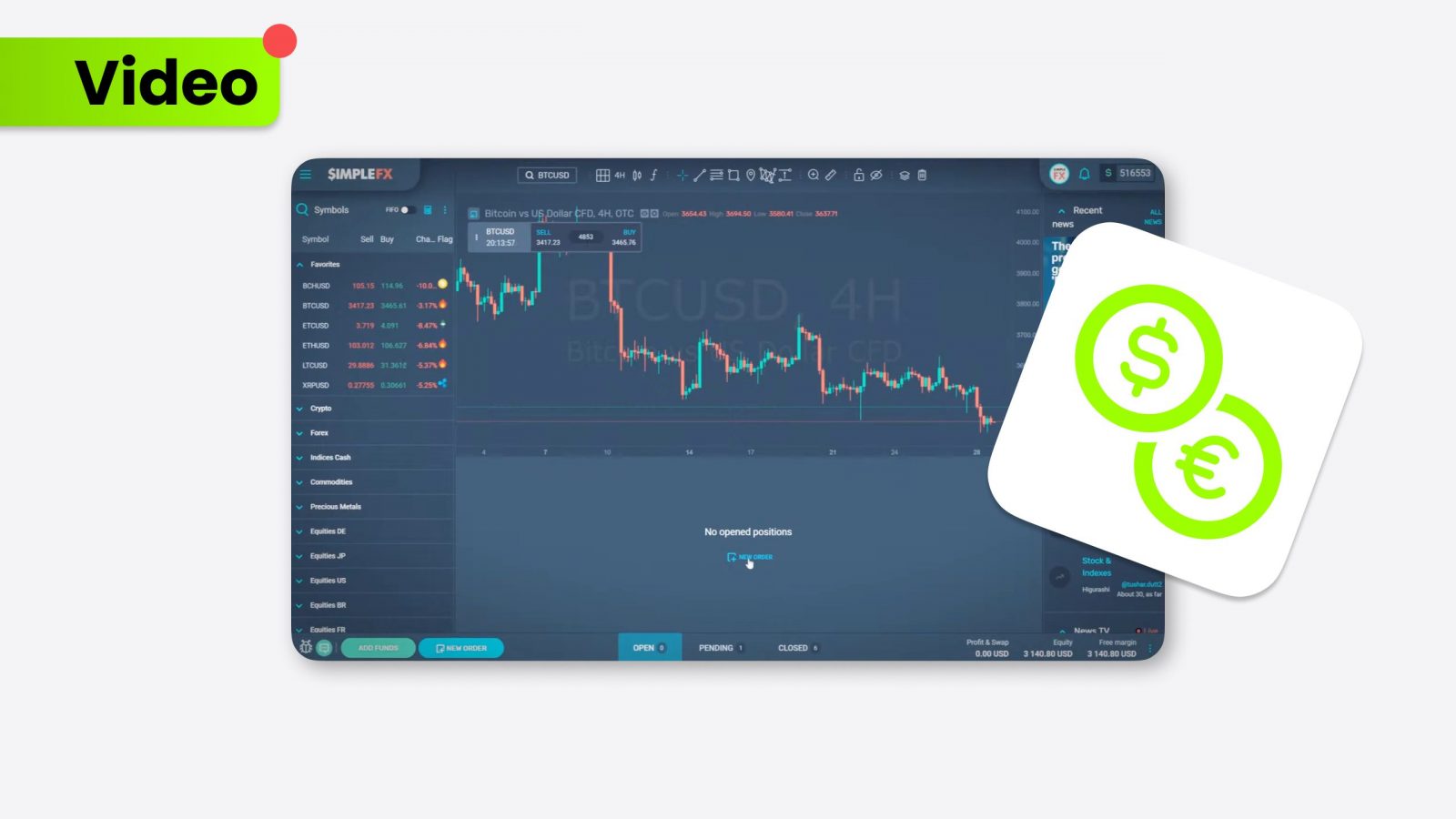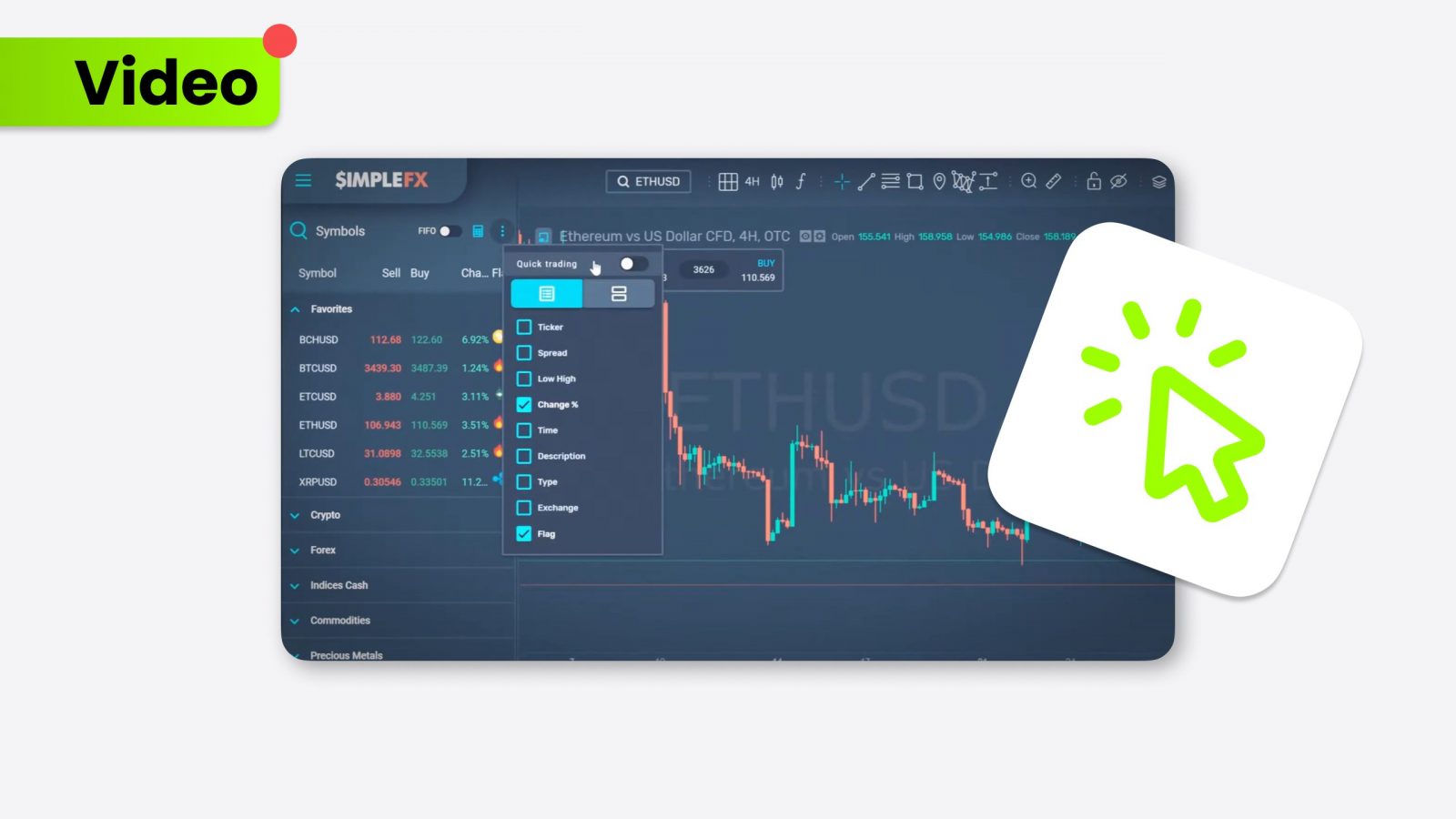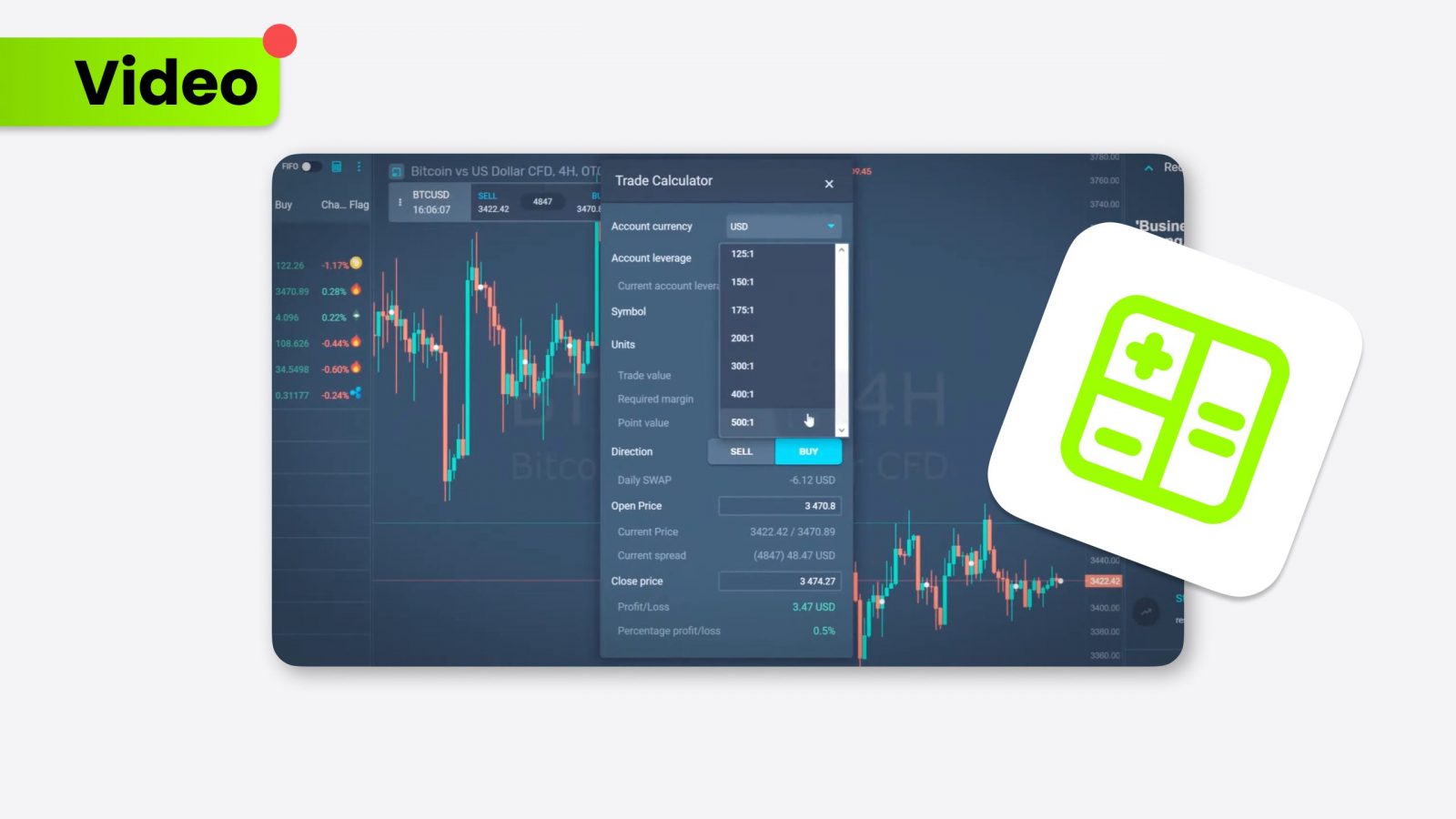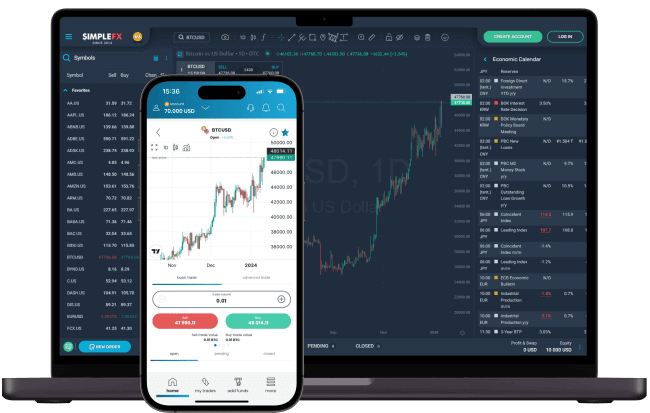In global finance, USD stands as a crucial component, reflecting the economic power and stability of the United States on the world stage. The everlasting presence of the USD in forex markets underscores its role as the linchpin of international trade and finance.
- The U.S. dollar is critical in shaping global economic policies and trade practices through USD forex markets.
- Historically, USD has become the world’s primary reserve currency, making it a worldwide benchmark.
- American internal monetary policy impacts major currency pairs, showcasing the critical interplay with global forex markets.
- The relationship between the USD and commodities highlights the currency’s influence on international trading dynamics.
USD forex: Why is it so important?
The U.S. dollar’s dominance in forex markets is not only a result of its deep-rooted stability but also its role as the global financial benchmark. The American dollar’s supremacy reflects the scale of the U.S. economy and its significant influence on worldwide economic policies and trade practices. As the most traded currency, the USD plays a vital role in international trade, serving as the primary medium for transactions and reserves. In the global financial market, currency pairs involving USD gain paramount importance by offering insights into other countries’ economic strength and market sentiment.
The EURUSD pair is a crucial measure of the European Union’s single currency against the USD. It showcases the economic relationship between the two powerhouses of the Western world, reflecting broader market dynamics and shifts in monetary policy.
As a benchmark, the USD – forex relationship stands as a pivotal connection for almost every currency pair. Its movements are thoroughly analyzed for broader economic implications, making it an indispensable asset for traders, policymakers, and international stakeholders.
The history of USD currency
The history of the U.S. dollar is a journey of evolution and predominance. Originating from the Coinage Act of 1792, the USD has developed from a “just” national currency to the cornerstone of the global financial system. Its rise to prominence started post-World War II, beginning with the Bretton Woods Agreement in 1944. This document effectively pegged international currencies to the USD, itself convertible to gold. This pivotal moment marked the USD’s transition into the world’s primary reserve currency, a benchmark for international trade and economic stability.
JPY to USD history
Throughout its history, the USD has profoundly impacted various global financial assets, notably the Japanese currency. The USD-to-JPY exchange rate is a key indicator of this relationship, showcasing how shifts in the USD directly affect Japan’s economy and its currency’s value. Post-World War II, the fixed exchange rate system established under the Bretton Woods Agreement significantly influenced the Japanese Yen, binding its value to the USD’s performance. The transition to a floating exchange rate system in the 1970s allowed JPY to fluctuate more freely against the USD.
Economic policies in the U.S., such as interest rate adjustments, have consistently had considerable effects on the USDJPY, affecting trade balances, investment flows, and economic strategies within Japan.
Major currency pairs and U.S. Dollar
Major currency pairs in the forex market are those that include the U.S. dollar on one side and another significant global currency on the other. These pairs are the most traded globally, owing to their liquidity and the size of the economies they represent. These pairs reflect global economic health, making them pivotal for traders and investors worldwide.
American internal monetary policy plays a critical role in shaping the rates of major currency pairs, including indicators like the Non-Farm Payrolls (NFP). These policies and economic indicators directly involve the USD’s strength, thereby affecting its pairing with other major currencies. Changes in interest rates, monetary supply, or unemployment statistics like the NFP can fluctuate forex markets by changing investor perception of the USD’s value.
Among the major currency pairs, GBPUSD serves as a prime example, involving the exchange rate between the British pound and the U.S. dollar. GBP to the USD pair is vital for its historical value and the economic narratives it carries, reflecting the connection between the United States and the United Kingdom’s economies. Fluctuations in GBPUSD rates can indicate shifts in trade balance, political stability, and economic policies between these two financial powerhouses.
Exotic currency pairs and USD
Unlike the major ones, exotic currency pairs don’t have to include the U.S. dollar on one side. However, when paired with the USD, these currencies offer insights into less mainstream but also vital economic landscapes. Trading volumes for these pairs are lower, yet they present unique chances, reflecting the economic conditions of smaller or emerging economies.
USD to mexican peso
A notable example is the USDMXN, which pairs the USD with the Mexican peso. Given the extensive relations between both countries, this currency pair is crucial, especially for the American economy. The USD to Mexican peso exchange rate is not just a financial figure; it presents the economic interdependence of the neighboring countries. Movements in this pair can be attributed to trade policy changes, economic announcements, or shifts in commodity prices.
U.S. Dollar currency converter for world markets
In the global financial ecosystem, the U.S. Dollar currency converter is an essential tool for traders and investors. It facilitates instant conversion rates across various currencies, offering crucial insights into trade decisions and market strategies. SimpleFX gives access to the Trade Calculator, enabling investors to assess trading in USD terms, thereby streamlining the decision-making process in forex trading and international investments.
While exploring the American impact on the world market, the USDCNH currency pair should be known by traders. Moreover, forex investors should understand the difference between the Chinese Yuan (CNY) and the Chinese Offshore Yuan (CNH). The offshore currency allows for more flexibility and exposure to international investors with the world’s primary reserve currency.
Tight relationship between USD and commodities
The USD is essential in the commodities market, primarily because most commodities are priced in U.S. dollars globally. This pricing convention means that fluctuations in the USD directly impact commodity prices, affecting international trade and economic strategies. The strength or weakness of the USD can alter purchasing power and demand for commodities, making it a decisive player in global markets.
Currency pairs related to commodities
The USDCAD pair is intimately tied to the commodities market, especially because Canada’s economy is heavily dependent on the export of natural resources like oil. The USD-Canadian currency pair reflects this dependency; as commodity prices rise or fall, they directly influence the Canadian economy and, consequently, the value of the Canadian dollar against the USD.
Similarly, the AUDUSD pair showcases the dependency of the Australian dollar to U.S. dollar exchange rate on commodities. Australia’s significant exports of iron ore, coal, and gold mean that changes in commodity prices have a profound impact on the Australian economy and its currency. The AUDUSD pair is a clear indicator of this relationship, with the Australian dollar often fluctuating together with the global commodities market.
Conclusion: The global role of the U.S. Dollar
The USD – forex relationship stands as way more important than just a connection in the financial world. It reflects the U.S. dollar’s mark on global economies. From historical developments to its integral role in commodities and currency pairs worldwide, the USD’s impact spread through every market corner. As the world’s financial system continues to evolve, the enduring strength and stability of the USD remain central to understanding and navigating the complexities of international trade and finance.




















































